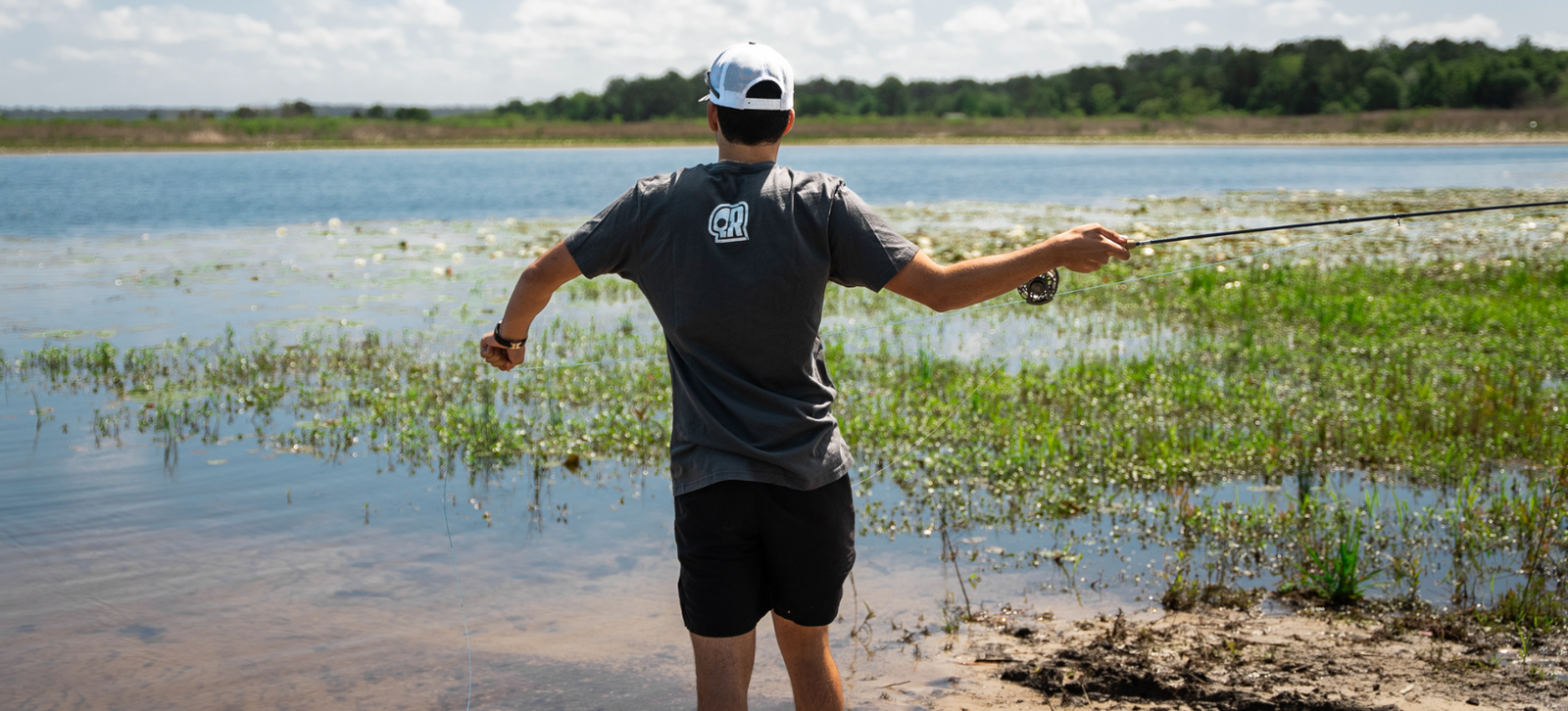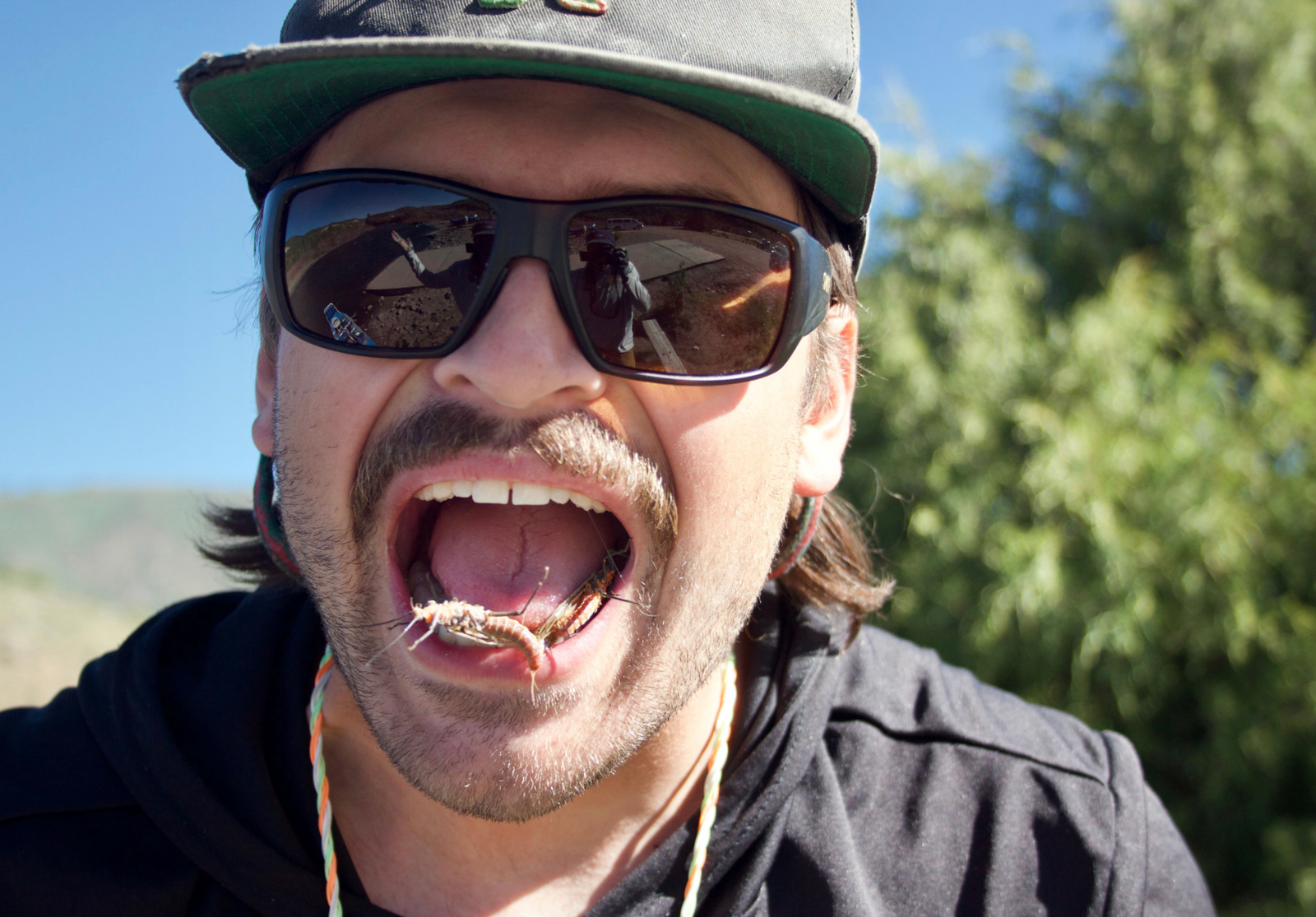
There isn’t a saltwater fish that has a stronger connection to the northeast than the Striped Bass. The Striped Bass(striper, rockfish, squid hound, or stripah if you find yourself in Massachusetts) can be found as far north as Nova Scotiaand as far south as North Carolina. The bi-annual migrations of stripers up and down the coast allow for two distinctfishing seasons: the spring run and the fall run. Generally, stripers migrate north in the spring to their summer watersand then migrate back down south to warmer water in the fall.The first fish to move are usually smaller, “schoolie”stripers, followed by increasingly larger fish as each season progresses. During the heat of the spring and fall runs, youcan find yourself casting at 18” fish one day, and 30-pounders the next day.
Since just about everything related to striper fishing can vary greatly based on time of year, location, size of fish,personal preference, etc., let’s narrow it down and talk about how to catch stripers on the fly from the beach.Growingup in New Jersey, opportunities to fish for stripers were endless, and most recently, over the past couple years, I havespent hundreds of hours targeting stripers from shore on a fly rod under any number of circumstances. Whether it’sfishing for schoolies in Cape Cod in May, fishing in March for 30-pounders at night in the urbanbackwaters of Jersey, orfishing early morning in Long Island during the early days of summer, the opportunities are endless.

So, does all this variation in fishing locations and techniques mean that striper fishing is too difficult for a beginner angler? Absolutely not! Schoolie stripers are one of the best possible fish for a newcomer to fly fishing. There are really just a few basic things to look out for and you’ll be getting into some of them striped fish in no time!


Photography and Written by Ryan Gallagher of https://www.instagram.com/blueoliveflyco/

Follow Ryan's Instagram Below:



